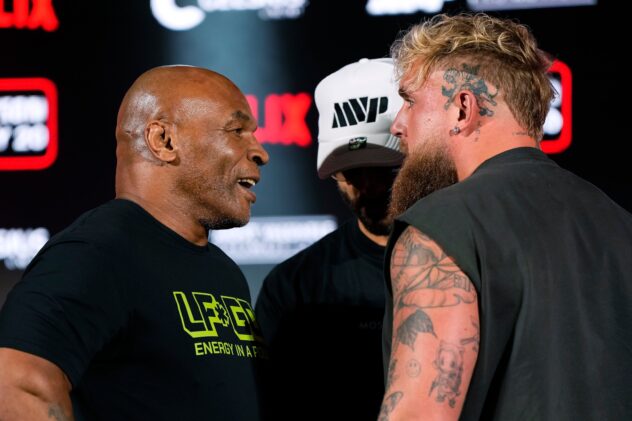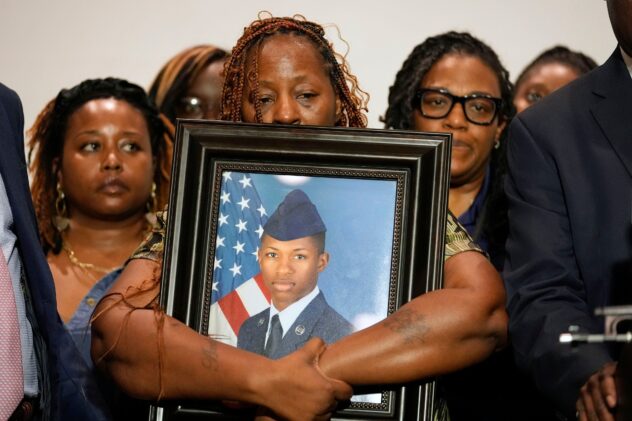Inside the dressing room: What is life really like in football’s inner sanctum?

The dressing room is football’s inner sanctum, a place which can be defined by great togetherness or deep division, where games can be won or lost before a ball is even kicked.
What goes on between players and managers behind closed doors is often speculated on. There are endless rumours of fights, arguments and practical jokes, but the reality is rarely discussed.
Fortunately, a selection of current and former footballers, with more than 2,000 competitive appearances between them at all levels of the professional game, were happy to share their stories of life inside the dressing room, an environment thousands of players will be missing at the moment because of the lockdown resulting from the coronavirus pandemic.
Matt Jarvis, previously of Wolverhampton Wanderers and West Ham United, missed the camaraderie during his recent spell without a club. “I don’t think there’s anything like it in any other industry,” he says.
“It’s so unique. You’ve got so much going on. You’ve got so many different characters. Different nationalities. Different hobbies. You’ve got different ages. You can have people as young as 17, 18, who are just coming into the first team. You’ve got 35-year-olds at the end of their careers. It’s just such a mishmash of everything.”
Jarvis saw his role in the dressing room change over time. “To start with, I was quite shy. Quite quiet. I’d just go about my normal day. I’d go in, work hard, do my extras, but I think you grow into it.
“When I first went to Wolves I didn’t know anyone at the club. I’d moved away from home and you’re thrown into the mix. You just jump into it two-footed. You get taken out of your shell and you become one of them.”
There was a lot of success for Jarvis and his team-mates, who won the Championship title in 2009, but a bad result can always affect a group’s mood. “People’s tempers go. The tactics board gets dashed across the room. There are boots that go flying. A lot of the time that’s just the players,” he laughs.
“You’ve got managers that go effing and blinding. They like to shout and scream and get their anger out at times, but I haven’t seen many that have turned into people squaring up to each other.”
For Marvin Sordell, who retired last year at the age of 28, confrontation between team-mates is inevitable, and more common than many would expect.
“When the Joe Gomez and Raheem Sterling thing happened at the England camp I was surprised that it came to light because these kind of incidents happen every single day,” says the former striker.
“It’s one of those things where, when you’re in a highly competitive environment with a lot of testosterone, things are sometimes going to spill over. Especially if there have been arguments beforehand or it’s just quite tense because of the way performances and results have been going.”
While some aspects of dressing-room life are constant, having played in each of the top four divisions during his career Sordell noticed a few differences too.
“When I played lower down, the dressing rooms were slightly closer, I’d say, because we were all in the same boat. People weren’t earning a ton of money and we were all fighting for the same cause because we know what a massive impact it can have on our lives.
“At times when I played higher up there was a lot more money and players who had their own individual agendas as opposed to being part of the same group. It can differ drastically.
“There are people just wanting to play for themselves to get moves. To make themselves look good as opposed to helping the team. That happens up and down the country, and at very different levels. Often those players are not really a big part of the group because they have their own agenda and they’re trying to succeed by themselves.”
However, when a dressing room is functioning as it should, and the players feel a close bond to each other, Sordell says nothing can beat it.
“It’s like having a second family. They’re people you spend a lot of time with and, depending on how long you’re in a group for, you grow with these people. You see them at their highest, their lowest and everything in between. You get really strong connections with a lot of people. The best dressing rooms are the closest knit.”
Jobi McAnuff, who captained Leyton Orient to the National League title last year, agrees. A united dressing room can make all the difference.
“It’s camaraderie and knowing everyone in there has got your back. In the most successful teams I’ve been in, there’s definitely been a sense that everyone’s equal, everyone’s working for the same objective,” he says.
But much has changed during McAnuff’s two decades as a professional footballer. Making his breakthrough towards the end of the Crazy Gang era at Wimbledon, he witnessed a lot of things that simply would not happen now.
“Every time a new signing came in, they’d burn his clothes. We’d just see smoke coming out of the window where they’d burned his gear.
“There was a little stream right where we trained so if it was anyone’s birthday they’d get stripped off, carried down to the stream and thrown in naked,” recalls McAnuff.
“When we were young pros at Wimbledon, Hermann Hreidarsson would come into our dressing room, he’d lock the door, turn the lights off and just start smashing balls around. We were playing dodgeball but in the dark, trying to get away from him.
“This would go on for a few minutes and then he’d turn the light on and see who was still standing, not hiding away under a bench or whatever. He’d give you a high-five as he walked out.”
The dynamics of the dressing room have changed in other ways too. Players don’t necessarily interact as much as they once did.
“You walk into most dressing rooms up and down the country and I would say 90% of the lads would be on their phones,” says McAnuff.
“We never had that. It sounds so simple, but we would have a chat about football or things outside of football. You’d get to know people on probably a slightly deeper level than a lot of the younger lads do now. There are so many distractions around the game now that I think it’s harder to create those real close-knit dressing rooms.”
Emmerson Boyce retired from playing in 2016. He also noticed the way mobile phones increasingly took precedence, particularly towards the end of the transfer window. It can be a tense few days where uncertainty dominates.
“There was one stage at Wigan where everybody was being sold. You’d literally come into training, go into the changing rooms and a lot of people were on their phones, because one person’s going. The next day someone else went. Then someone else went,” he recalls.
“It’s like the end of the season, where you say goodbye to each other after the game and you don’t know who’s going to be in the changing room when the next season starts. It’s a strange place, where you form such a bond throughout the year, and within a day or so somebody’s gone.
“Some people you stay in contact with, some you don’t see ever again. You rely on each other, you fight for each other, and in the space of one phone call they’re gone.”
From starting out with Luton Town in the third tier to captaining Wigan to an FA Cup win under Roberto Martinez, Boyce was exposed to lots of different attitudes and approaches to preparing for games.
“When I was playing in League One and League Two you had the typical English mentality, where everybody voices their opinions. There’s the adrenaline rush, everybody getting themselves up for the game.
“But a lot of the players who came from abroad brought a different mentality. They still wanted to fight, and they still wanted to win, but there was more control. They saw it as you should go out there to enjoy it rather than going in for a battle. That’s one of the biggest things I’ve learned. It’s not a case of just hyping yourselves up.”
In the Premier League, where the demands are greater and money is more prevalent, there is often a pressure to conform, as former Manchester City and Queens Park Rangers defender Nedum Onuoha explains.
“For some people, it’s all about image,” he says. “It’s all about status. How many followers do you have? Have you got the new car? Have you got the new game? It’s that stuff which people forget isn’t necessarily that normal in society. Don’t get me wrong, people do like materialistic things, but the money most footballers have means you get things which other people don’t necessarily have access to.
“People all dress the same, act the same, think the same. If you don’t form part of that then you’ll look weird, even though what you’re doing is perfectly acceptable. But if you’re not with it then you’ll always be perceived to be a little bit strange.”
One example in particular springs to mind. “There was a guy who was with me at QPR and he never really fitted into the dressing room. And the reason he didn’t is because he was too normal. I liked him; I had no issues with him whatsoever.
“I think he might have been to college or university, and the way that he would dress and the way that he would act was related to being in that life as opposed to the life of a professional footballer.
“People would always be trying to joke on him and I was wondering why. It was because he was literally just a normal human being. As crazy as that sounds, that’s what got him the most grief.”
In Onuoha’s experience, often the most important person in the dressing room is not one of the players, the manager or a member of their coaching staff. The kitman is usually responsible for setting the tone and creating a positive atmosphere.
“They tend to be the life and soul of that space because they see you every day. They tend to have been there for a long time. They provide you with lots of entertainment. They keep people together through their jokes,” says Onuoha, who is now playing in Major League Soccer for Real Salt Lake.
“We had Les Chapman when we were at City and he was at the heart of everything. He was the key guy. He was loved by everybody. Every player and every staff member loved him. Every time you saw him, he brought happiness to you.
“He understands, because he’s been a player, that it’s not the be all and end all of everything. When you come in on a Monday, even if you’ve had a bad result on a Saturday, he would always be positive. As a player it’s hard because you’re always caught up in the results, but he was a veteran of the club and he knew it was important to feel happy and like you wanted to come into work.”
















